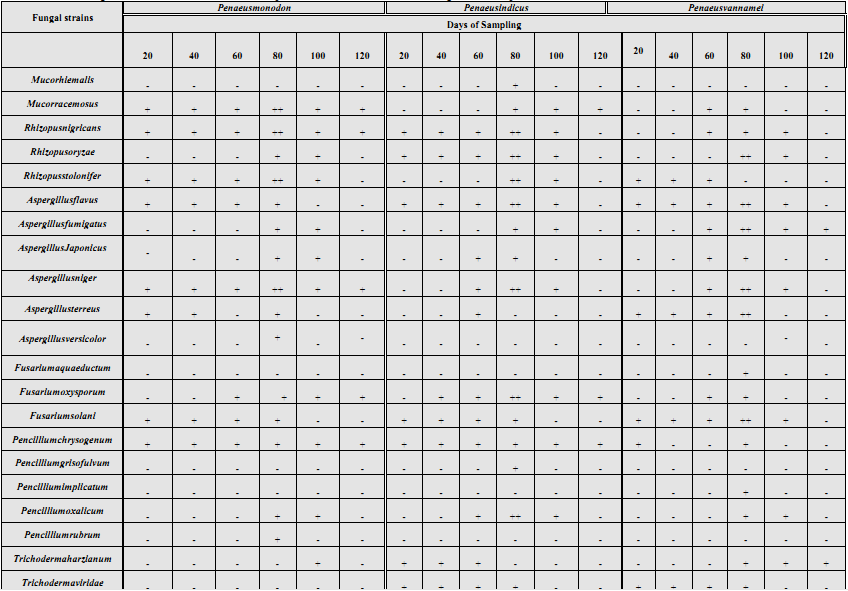
The genus Penaeus are the most common shrimp species cultured in India with very susceptible to microbial diseases. The mycofloral brown-gill disease was identified from P. monodon, P. indicus and P. vannamei in shrimp pond.
A totally 6 genera of 20 species from 427 colonies were isolated from the samples. The maximum growth of colonies was occurred at 80th day of sampling. Microscopical and pathological studies revealed that the fungal infection on gill. Hence the present investigation revealed that poor water quality conditions are a budding problem and due to this factor diseased shrimps are to be frail for consumption.
Introduction
Shrimp grown in captivity are liable to diseases caused by microorganisms and this dramatically affects productivity. Penaideae is a common shrimp family used in nurseries by Indians. The culture of various species of shrimp has an economical importance in many parts of the world as well as in India. One of the problems facing the culture of shrimp farming is widespread diseases which lead to heavy losses to industry. The shrimp diseases caused by some factors such as microbes, culture environments and feed, also influence the success of shrimp culture
The microbiological contamination of species may arise from sources, such as indigenous microflora of plants and animals,microorganisms present in processing plant, air, post harvest contamination from dust, use of contaminated water and by human contact. Microbial communities are of primary importance in all the biological activities
Full articel: http://www.urpjournals.com/tocjnls/37_14v3i1_1.pdf
Source:




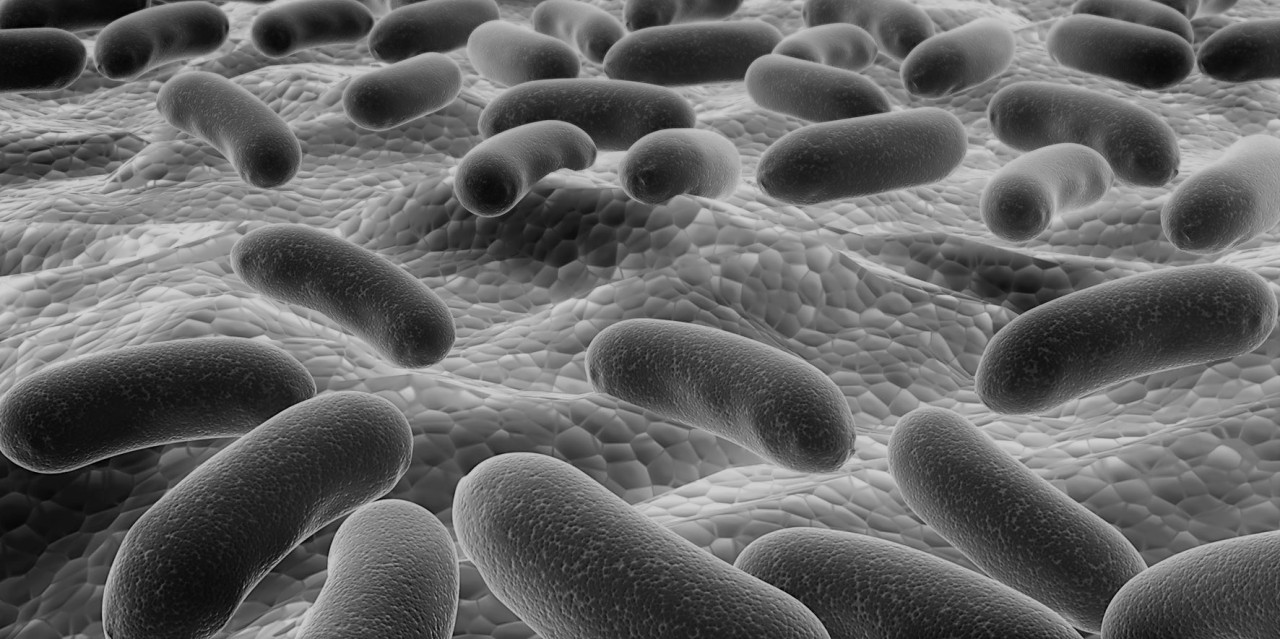

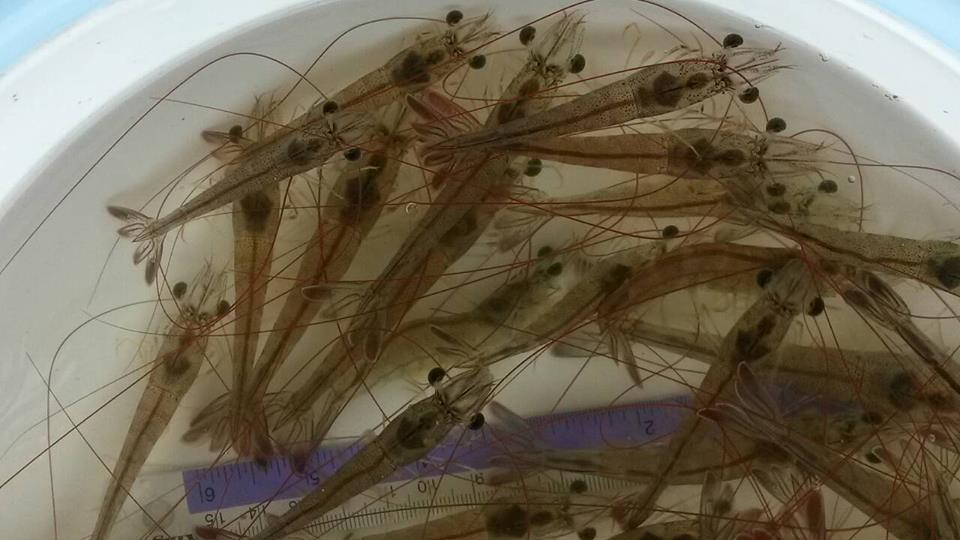






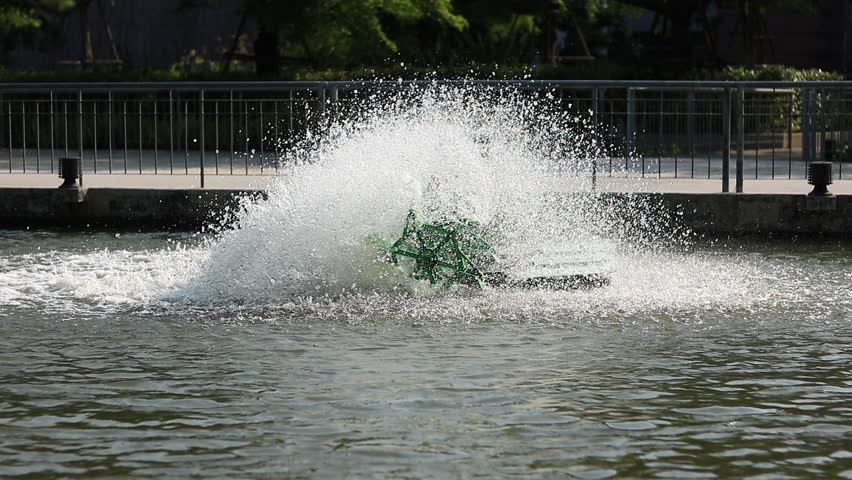

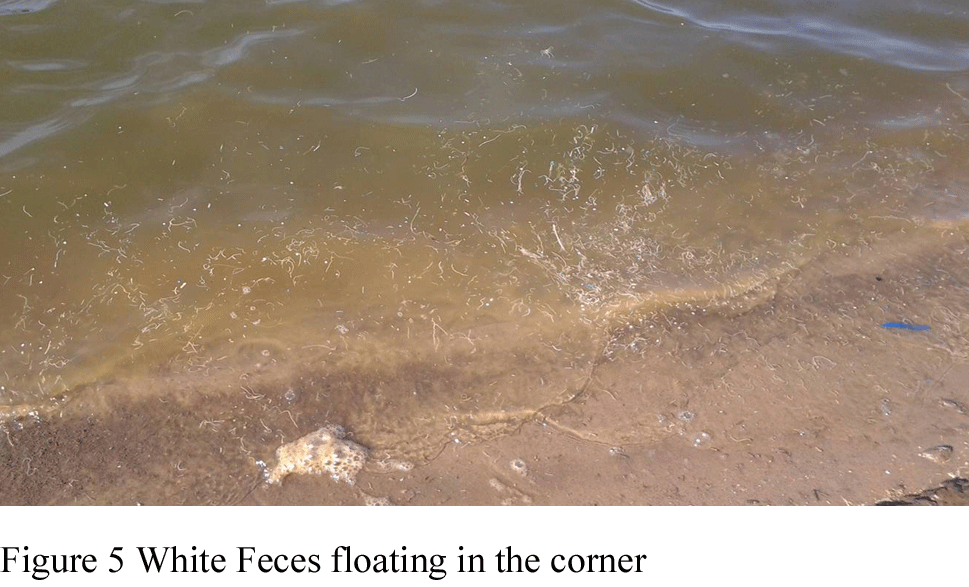


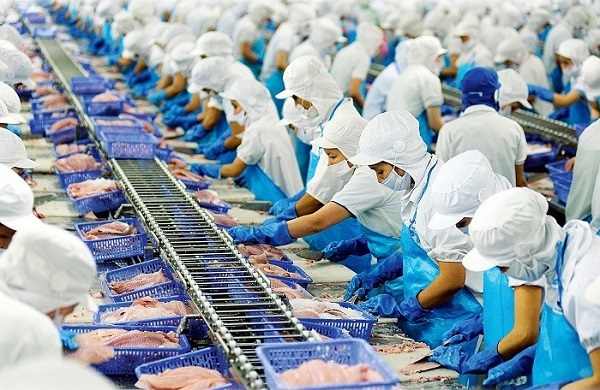

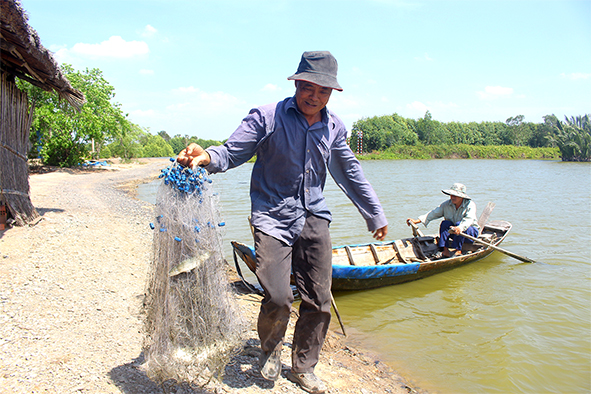
Bình luận bài viết